Here is one example that tries to evenly distribute the route volume over the production houses
library(lpSolveAPI)
prodcap <- setNames(c(50,100), c(1,2))
route <- data.frame(rid=1:4, pid_from=rep(1:2, each=2))
route_volume <- 125 # example
nvars <- nrow(route)+1 # example: evenly distribute production house output relative to capacity
lprec <- make.lp(0, nvars)
set.objfn(lprec, obj=1, indices=nvars)
# capacity constraints
for (i in seq(1, length(prodcap))) {
route_ids <- which(route[,"pid_from"]==i)
add.constraint(lprec, xt=rep(1, length(route_ids)), type="<=", rhs=prodcap[i], indices=route_ids)
}
# total outflow constraint
add.constraint(lprec, xt=rep(1, nrow(route)), type="=", rhs=route_volume, indices=seq(1, nvars-1))
# example: define the last decision variable as maximum flow over each production house
for (i in seq(1, length(prodcap))) {
route_ids <- which(route[,"pid_from"]==i)
add.constraint(lprec, xt=c(rep(1/prodcap[i], length(route_ids)), -1), type="<=", rhs=0, indices=c(route_ids, nvars))
}
# solve
status <- solve(lprec)
if(status!=0) stop("no solution found, error code=", status)
get.variables(lprec)[seq(1, nrow(route))]
#[1] 41.66667 0.00000 83.33333 0.00000
Note that if you have thousands of routes / production houses it might be more efficient to pre-allocate the constraints in make.lp and to use set.row instead of add.constraint. Here is an example for this, and with route_volume as additional decision variable, as requested in the comment:
library(lpSolveAPI)
prodcap <- setNames(c(50,100), c(1,2))
route <- data.frame(rid=1:4, pid_from=rep(1:2, each=2))
route_volume <- 125 # example
# the first nrow(route) vars are the outflows,
# then 1 variable for maximum flow (relative to capacity) over all production house
# then 1 last variable for the route volume
nvars <- nrow(route)+2
ncons <- 2*length(prodcap)+3
# pre-allocate the constraints
lprec <- make.lp(ncons, nvars)
# set objective: minimize maximum flow relative to capacity (example)
set.objfn(lprec, obj=1, indices=nvars-1)
# capacity constraints
rownum <- 1
for (i in seq(1, length(prodcap))) {
route_ids <- which(route[,"pid_from"]==i)
set.row(lprec, row=rownum, xt=rep(1, length(route_ids)), indices=route_ids)
set.rhs(lprec, prodcap[i], constraints=rownum)
rownum <- rownum + 1
}
# total outflow constraint ("=" resolves to two constraints)
set.row(lprec, row=rownum, xt=c(rep(1, nrow(route)), -1), indices=c(seq(1, nvars-2), nvars))
set.rhs(lprec, 0, constraints=rownum)
rownum <- rownum + 1
set.row(lprec, row=rownum, xt=c(rep(-1, nrow(route)), 1), indices=c(seq(1, nvars-2), nvars))
set.rhs(lprec, 0, constraints=rownum)
rownum <- rownum + 1
# additional constraint for route volume
set.row(lprec, row=rownum, xt=-1, indices=nvars)
set.rhs(lprec, -125, constraints=rownum) #example: route_volume >= 125
rownum <- rownum + 1
# example: define the second last decision variable as maximum flow (relative to capacity) over all production houses
# rhs is 0, which is preset
for (i in seq(1, length(prodcap))) {
route_ids <- which(route[,"pid_from"]==i)
set.row(lprec, row=rownum, xt=c(rep(1/prodcap[i], length(route_ids)), -1), indices=c(route_ids, nvars-1))
set.rhs(lprec, 0, constraints=rownum)
rownum <- rownum + 1
}
# solve
status <- solve(lprec)
if(status!=0) stop("no solution found, error code=", status)
get.variables(lprec)[seq(1, nrow(route))]

